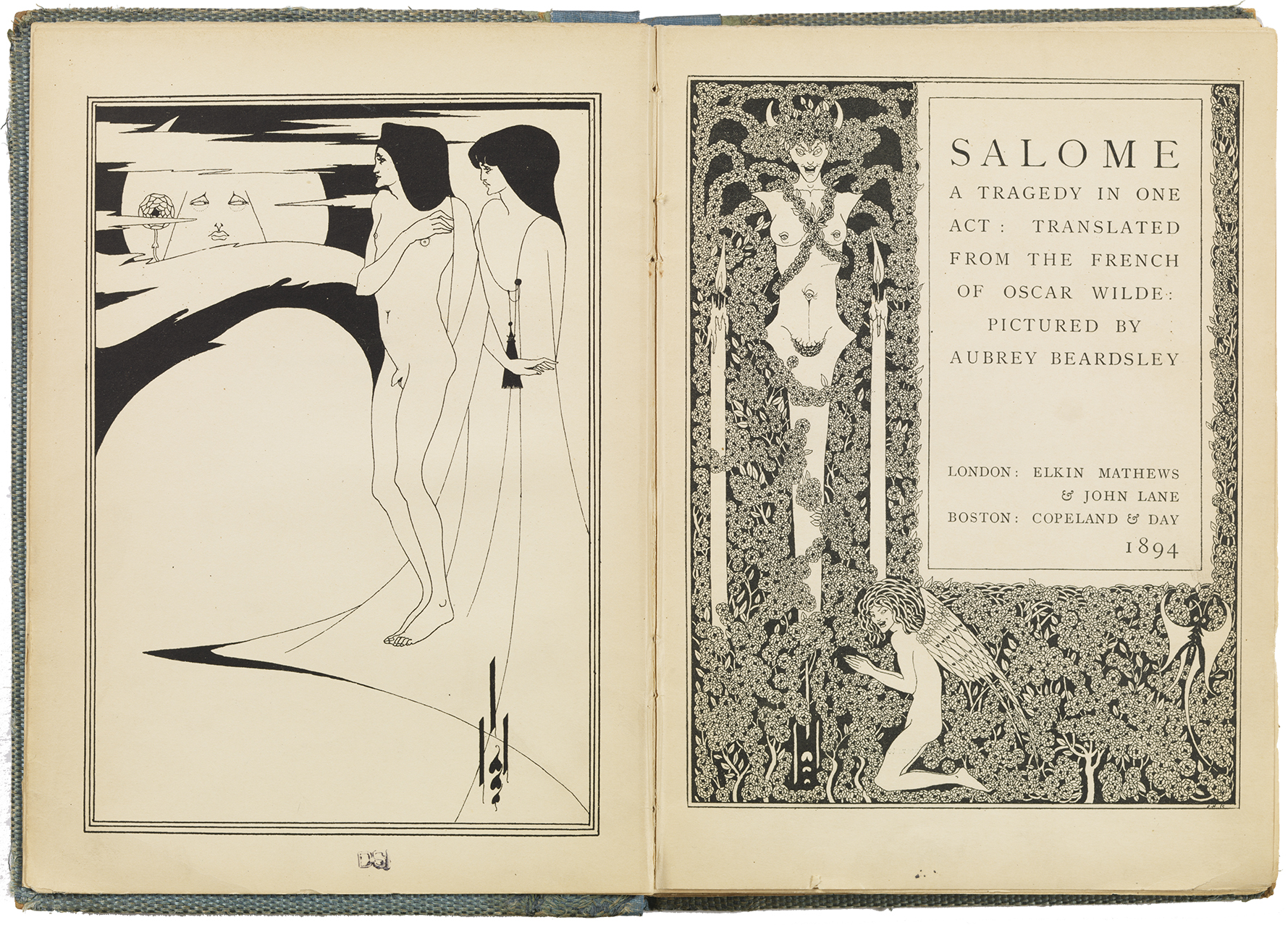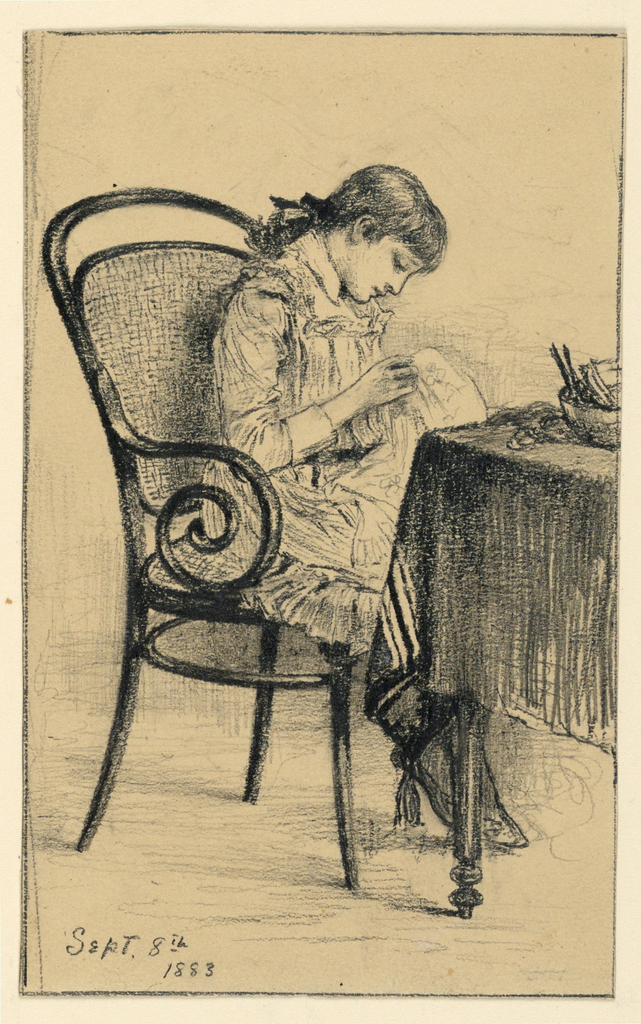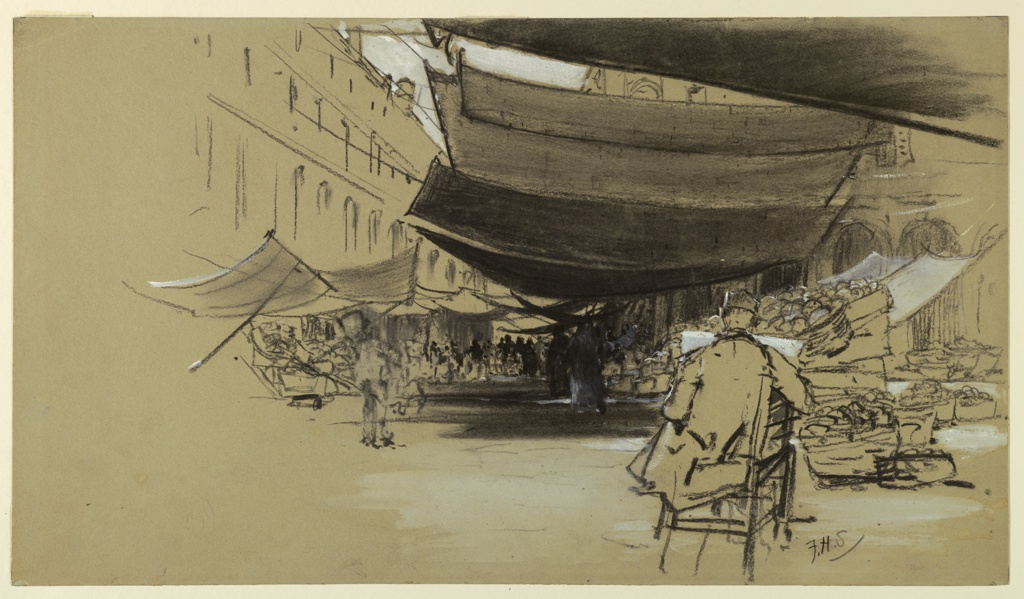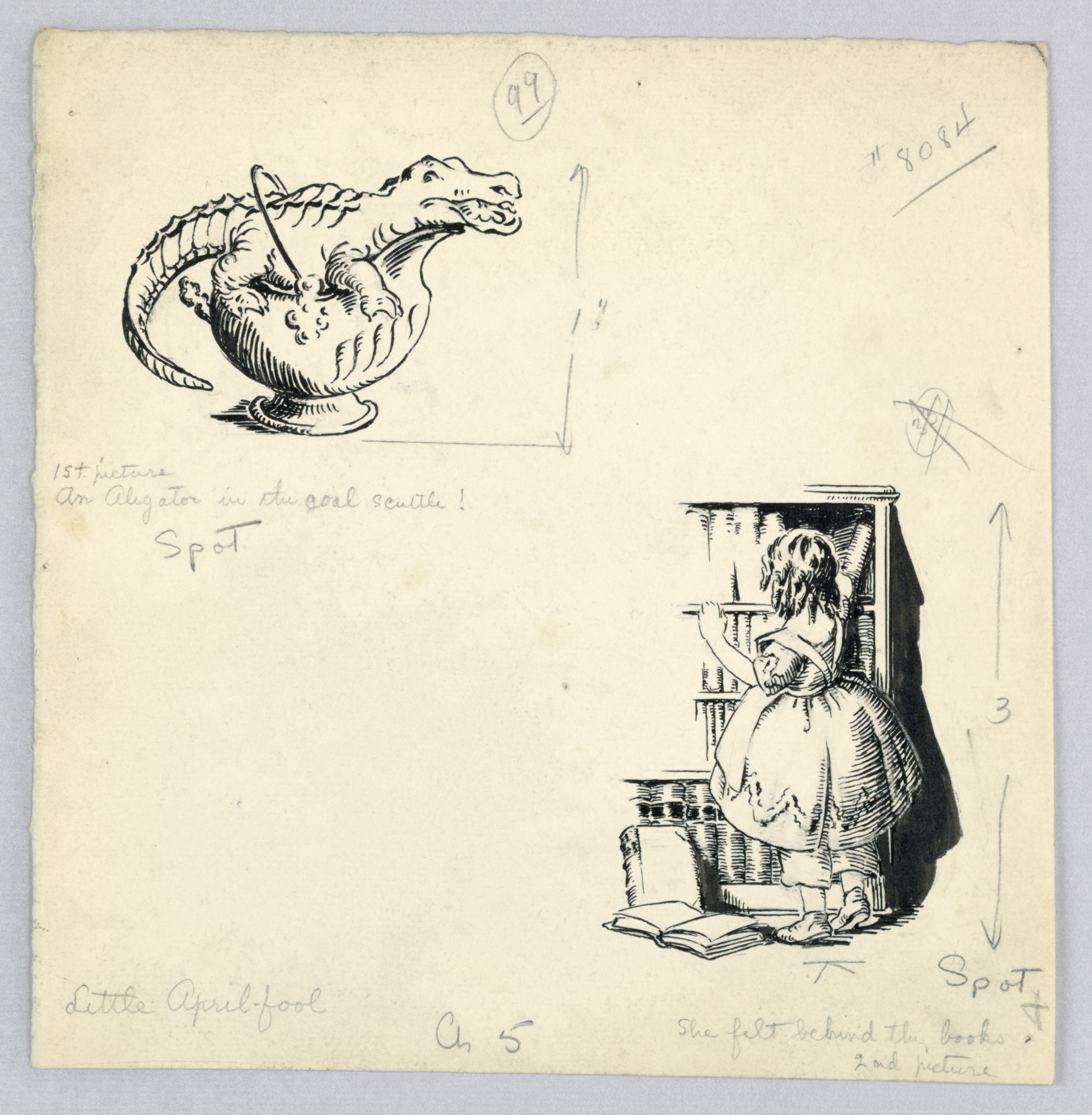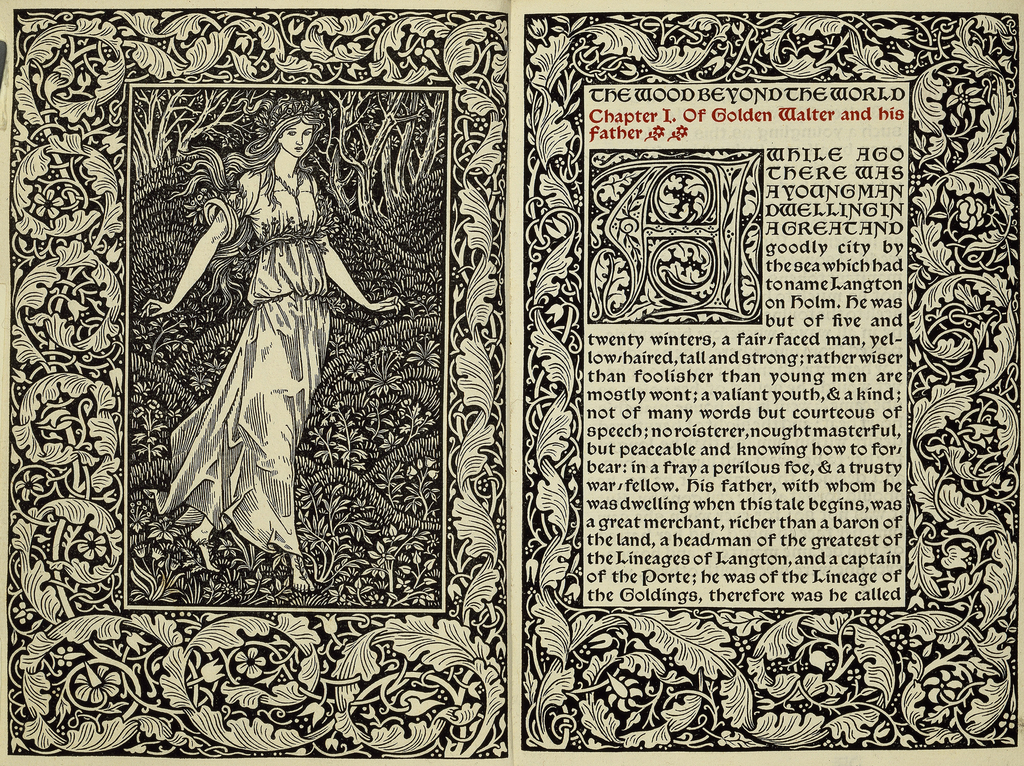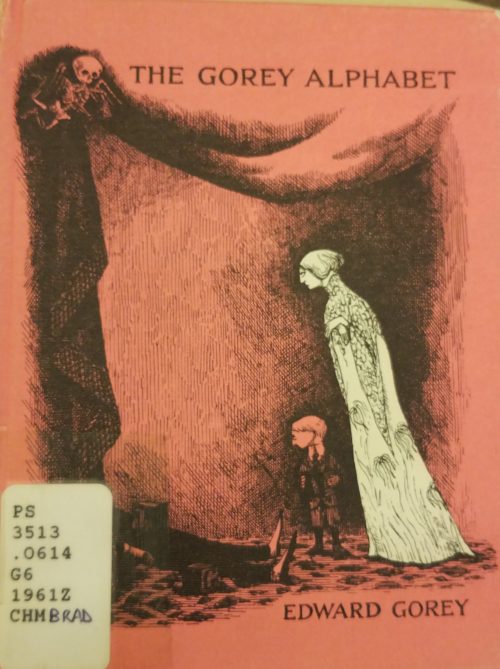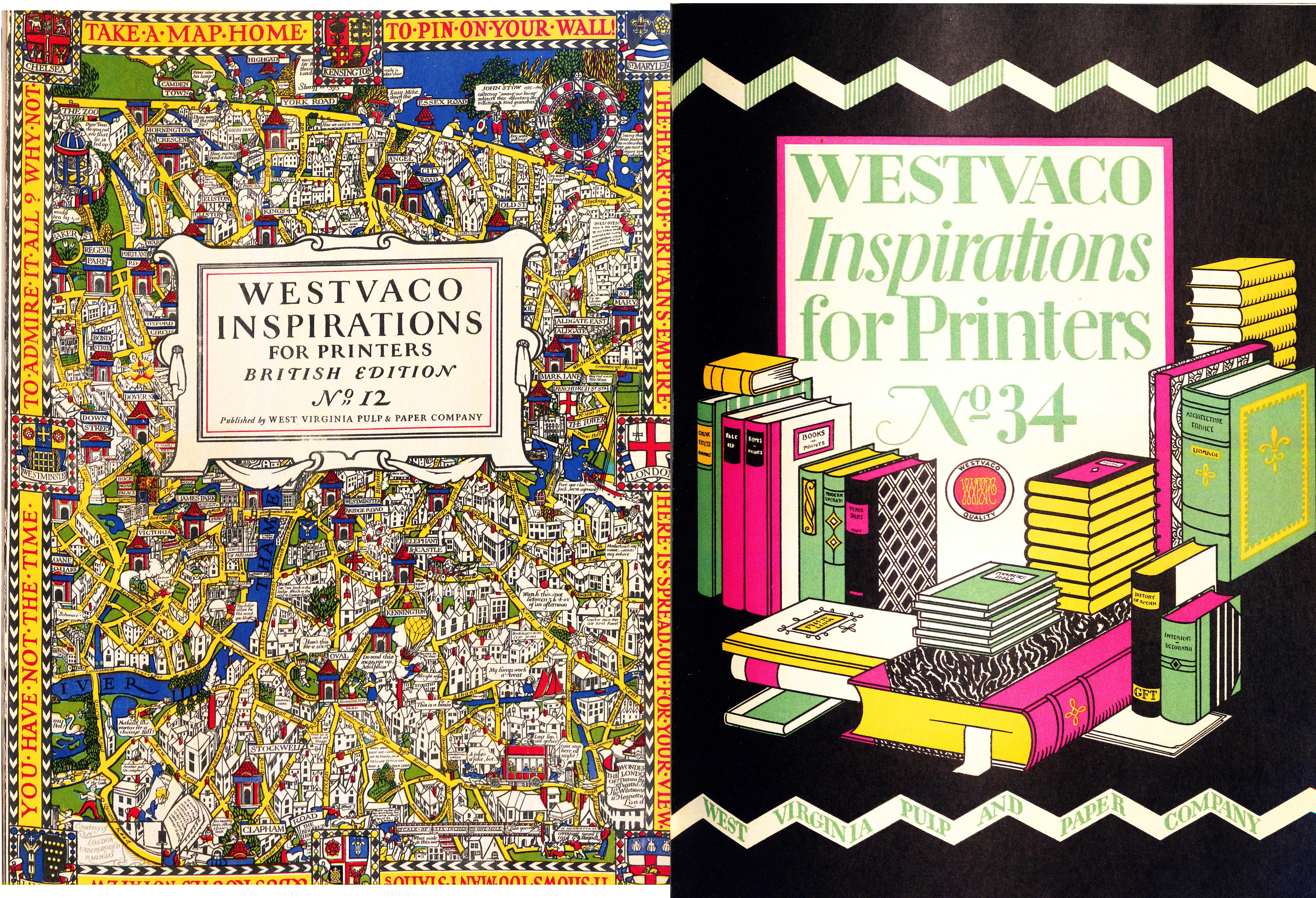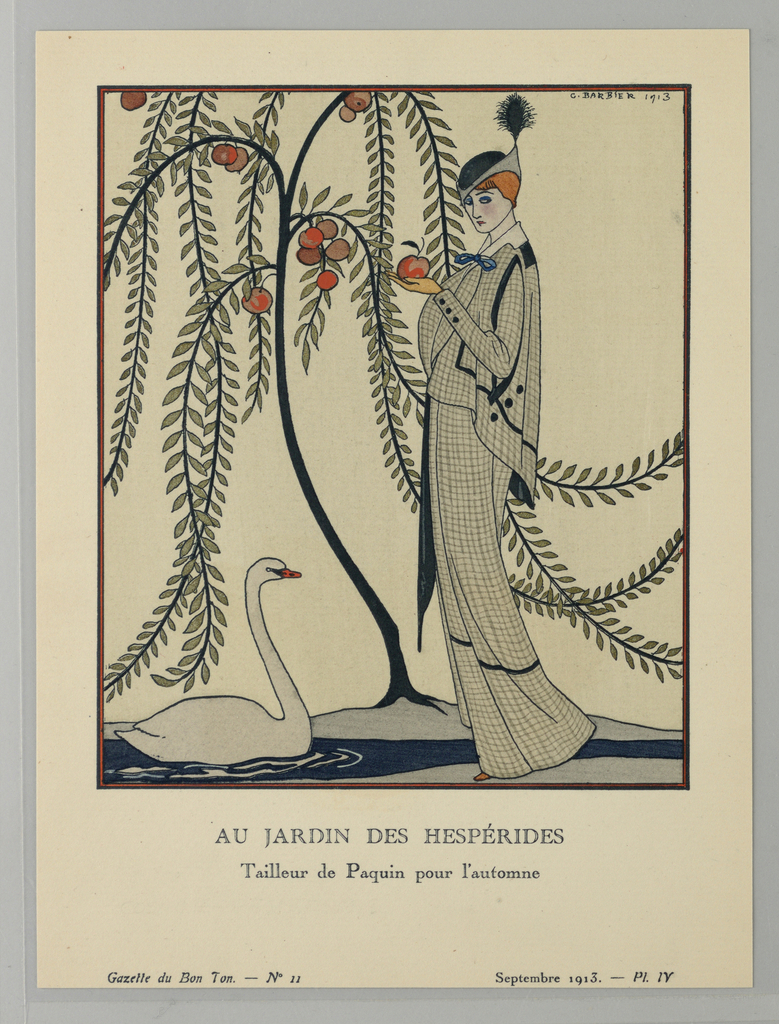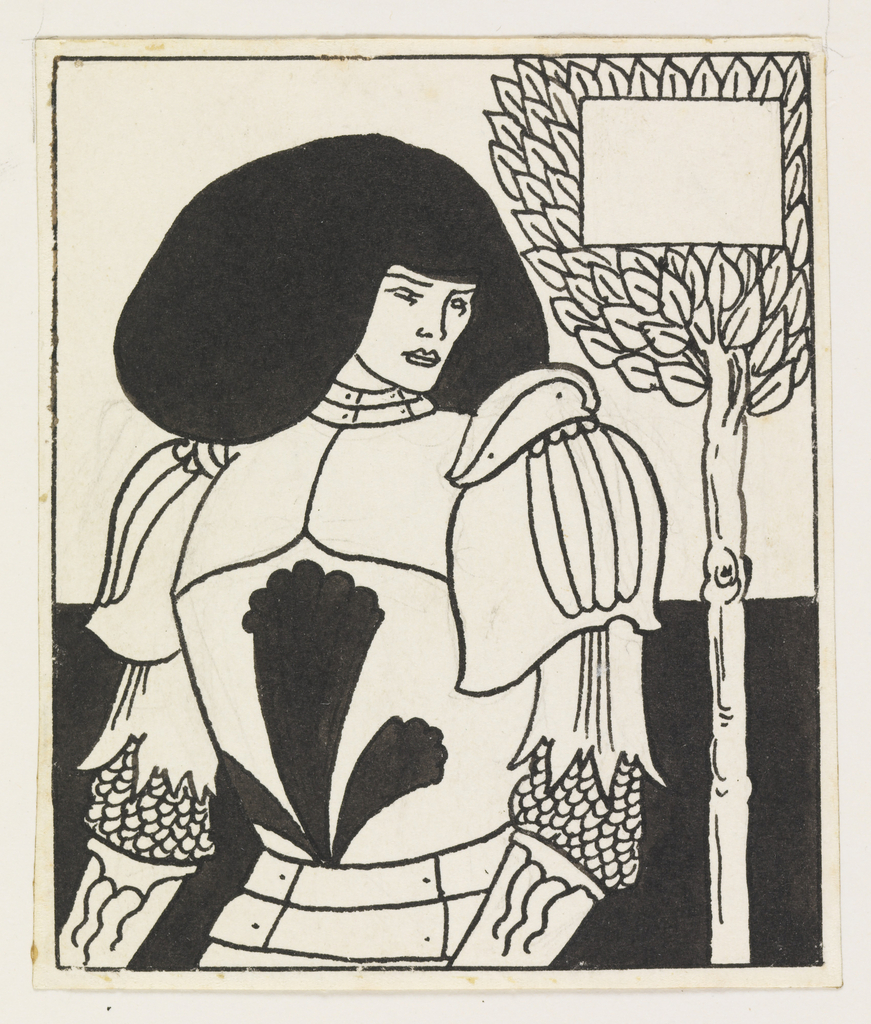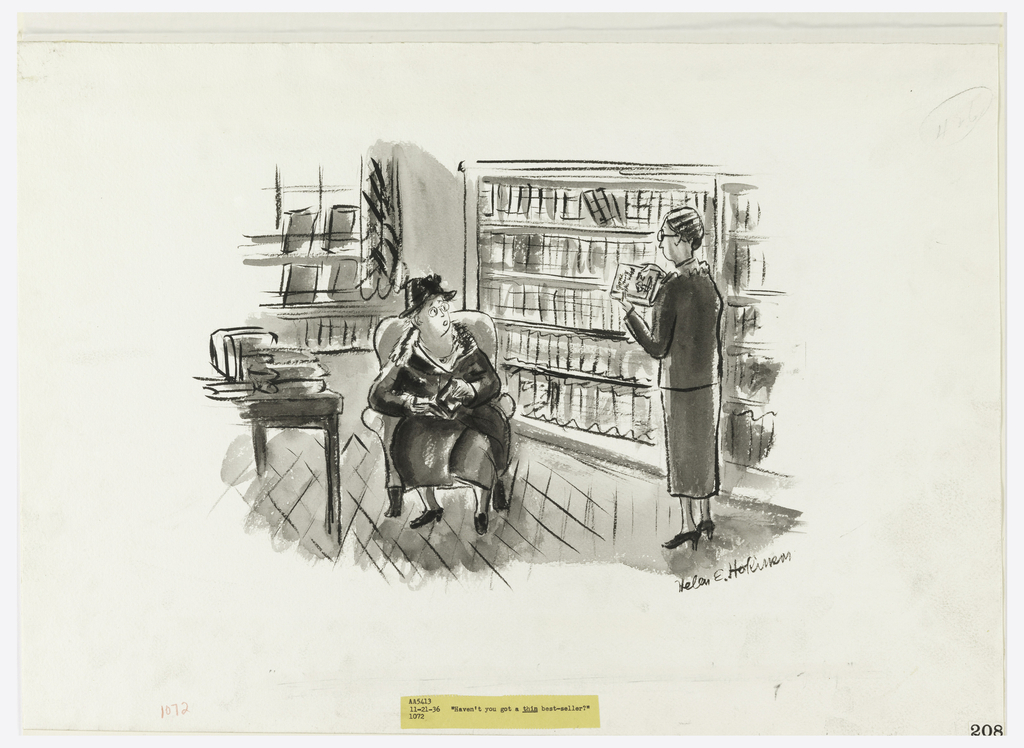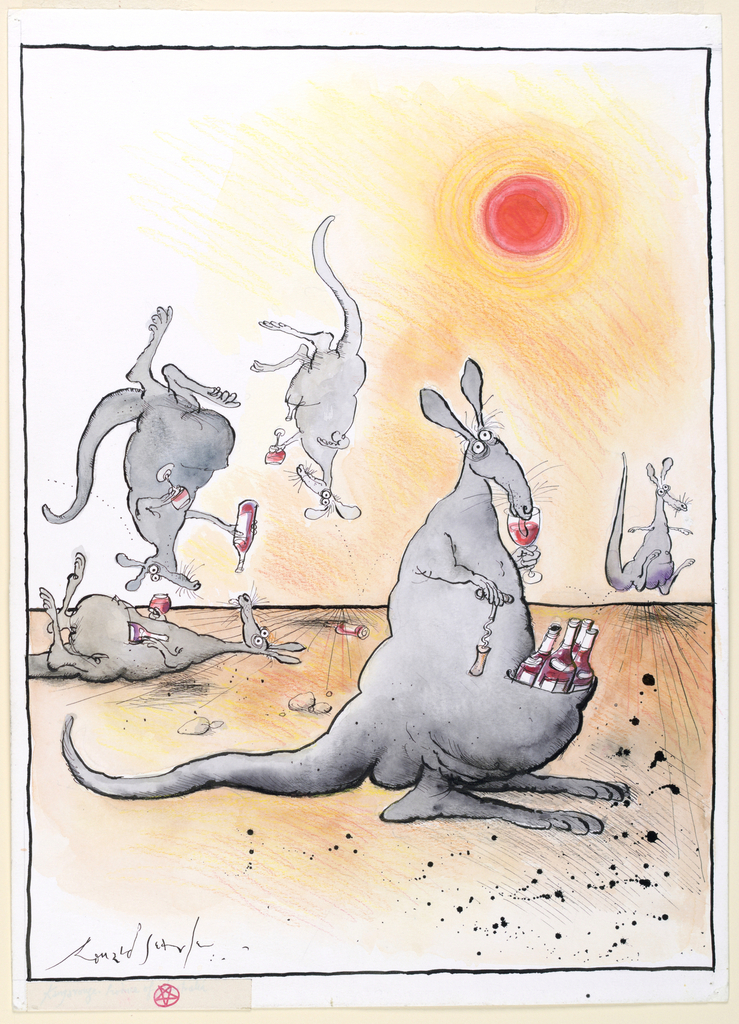From WAY* to YAY**, artist Shantell Martin translated her intricate, dynamic drawing style into whimsical textiles in the hope of making someone’s day.
When Salome requests a severed head on a platter, be careful what you wish for. Or write. Or draw. In 1894, Oscar Wilde and Aubrey Beardsley—both considered enfants terribles of Victorian England for their provocative work and lifestyles—produced a printed edition of Wilde’s play Salome. Wilde’s psychological centralization on the character of Salome and Beardsley’s...
Author: Ava Hathaway Hacker By the end of her artistic career, Mary Hallock Foote was one of the most recognized illustrators of life in the American West. Often focusing on images of women and children, her illustrations provided a vision of the West not simply as a rugged frontier but as a place where families...
Writer and illustrator Francis Hopkinson Smith did not publish his first work until he was almost 50 years old. Trained as an engineer, he spent the first part of his career in construction and is credited with designing the foundation for the Statue of Liberty. He made charcoal drawings and watercolors throughout his life and...
The collection at Cooper Hewitt, Smithsonian Design Museum includes nearly 500 drawings from the estate of illustrator Florence Choate. Born in Elizabeth, New Jersey, in 1878, Choate studied at the Art Students League in New York where she was awarded scholarships in portrait and figure drawing. There, she met fellow student Elizabeth A. Curtis, who...
In celebration of Women’s History Month, March Object of the Day posts highlight women designers in the collection. In a prolific career spanning six decades, Elizabeth Shippen Green (1871—1954) illustrated more than two dozen books and produced hundreds of illustrations for newspapers and magazines. From 1901 until 1924, she worked under exclusive contract to Harper’s...
William Morris’s The Wood Beyond the World (1894) relates the adventures of Golden Walter, a man who seeks to escape his mundane life and sets out on a sea voyage, eventually gaining control of the kingdom of Stark-Wall and the love of a beautiful maiden. The book was published by the Kelmscott Press, a private...
In the spirit of Halloween, a fun and spooky object in our library collection is a copy of The Gorey Alphabet by Edward Gorey. Edward Gorey (1925-2000), American writer and artist, child prodigy and high achiever has nestled his way into the hearts of those fond of dark themes, Victorian and Edwardian settings, and pen-and-ink drawings. The...
I have always loved looking at old advertisements in magazines; many of the people that come and use the Cooper Hewitt Library come for that specific reason. Advertisements are designed to establish a connection between the person seeing it, and the product or idea the ad is selling. Typefaces, colors, styles of portraying an object-...
Arthur Rackham created this captivating endpapers design for Edgar Allan Poe’s Tales of Mystery and Imagination, published in London by George G. Harrap & Co. in 1935. The book brings Poe’s tales of horror and suspense—including such favorites as “The Tell-Tale Heart,” “The Cask of Amontillado,” and “The Pit and the Pendulum”—together with the expressive...
George Barbier’s Au Jardin des Hespérides (Garden of the Hesperides) appeared in 1913 in Gazette du Bon Ton. Translated as the “Journal for Good Taste,” it was intended for an elite readership concerned with high-society culture and entertainment, as well as the latest developments in fashion and beauty. The publication was led by the publishing...
The publisher J.M. Dent was an admirer of William Morris’s Kelmscott Press, founded in 1889 and known for expensive, lavish publications featuring illustrations and decorations by artists such as Edward Burne-Jones printed from hand-cut woodblocks. Dent conceived the idea of producing books in the style of the Kelmscott Press but at a much lower cost,...
Helen Hokinson, or “Hoky” as her friends called her, contributed nearly 1,800 cartoons and vignettes and 68 cover designs to The New Yorker in the first half of the 20th century. Her long-lasting association with the magazine began just a few months after it launched, when a drawing of a round, middle-aged woman standing on...
In celebration of Women’s History Month, March Object of the Day posts highlight women designers in the collection. Maria Sibylla Merian (German, 1647-1717) was a remarkable naturalist, famous for her expertise in entomology and the art and details of her scientific illustrations. From a young age, Merian was taught how to draw and enthusiastically explored...
Somersaulting with dopey glee, a group of kangaroos thump around, lapping up wine from gravity defiant glasses. Inebriated marsupials with bottles in their pouches? Such a zany scene is characteristic of the work of beloved graphic artist and designer Ronald Searle (British, active France, 1920-2011). His wry illustrations, ranging from caricature to cartoon and inspired...

